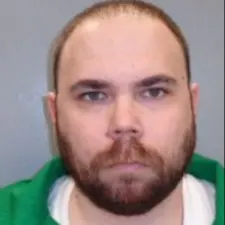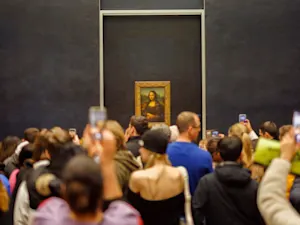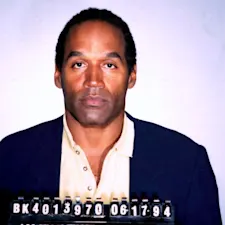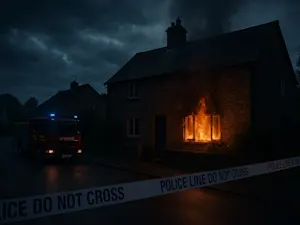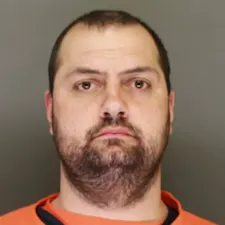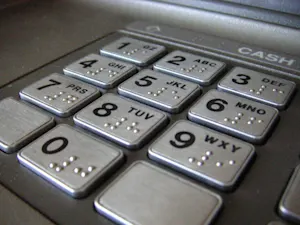
8 Shocking Facts About the Watergate Scandal
Whether you lived through the Watergate trials or learned about them in history class, you no doubt have heard of the shocking scandal that happened in 1972-1974, during President Richard Nixon's second term. But do you know all the dirt? Below we'll give you eight juicy tidbits about the case that resulted in the only resignation of a U.S. president.
But first — in case you need a refresher on the Watergate key events, here's a quick recap:
-
On June 17, 1972, police caught five burglars breaking into the Democratic National Committee headquarters at the Watergate Complex in Washington.
-
The burglars, who wiretapped phones and stole documents, were revealed to be linked to the re-election campaign for incumbent President Richard Nixon.
-
Nixon and his aides denied involvement, but secretly obstructed the investigation.
-
Washington Post reporter Bob Woodward got an anonymous phone call from a secret informant he called Deep Throat, revealing insider details of the break-in. Woodward and fellow reporter Carl Bernstein followed the money to uncover a broader trail of political sabotage by the Committee to Re-elect the President.
-
Secret White House tape recordings of Oval Office conversations surfaced. They implicated Nixon in intentionally using the CIA to block the FBI's investigation of the Watergate break-in.
-
On August 8, 1974, Nixon resigned his presidency, rather than face impeachment.
Now that you're all caught up, let's examine a few details you might find interesting:
1. Who were the Watergate burglars?
Former CIA agent E. Howard Hunt led the Watergate break-in. The other four men included former FBI agent Gordon Liddy, two locksmiths and two men with anti-Castro ties.
2. What were the burglars looking for?
Good question. Experts believe even the burglars themselves may not have had an exact goal.
3. How did police discover the Watergate burglars?
A vigilant security guard named Frank Wills tipped off the police when he noticed tape had been placed on door latches to hold the doors open.
4. Did the public ever find out Deep Throat's identity?
In 2005, the public finally learned the name of the whistleblower who risked it all to expose the Watergate scandal — Mark Felt, associate director of the FBI.
5. Why did Deep Throat contact Woodward, rather than another reporter?
Coincidentally, Felt had met Woodward by chance when Woodward delivered a package to the White House years before, as a young naval officer. They kept in touch, and that's how Woodward landed the biggest investigative journalism story of his life.
6. If Nixon knew the tapes would implicate him, why did he allow Congress to hear them?
Nixon missed his opportunity to destroy the Oval Office tapes as the scandal unfolded. When the tapes were discovered and subpoenaed, Nixon argued to the Supreme Court that he should have "absolute, unqualified Presidential privilege of immunity from judicial process under all circumstances." The Court disagreed with Nixon and unanimously ordered him to surrender the tapes.
7. What did the "smoking gun" tape say?
One tape in particular really cooked Nixon's goose. In this "smoking gun" tape, Nixon personally ordered a cover-up of the Watergate break-in immediately after it happened — which unequivocally proved he tried to obstruct justice.
8. Why wasn't Nixon prosecuted for his crimes after he resigned?
The Justice Department seriously considered indicting Nixon after he resigned. However, the Constitution doesn't specifically mention whether a president who resigns can be prosecuted for crimes committed while in office, so the department never fully resolved the issue. Finally, on Sept. 8, 1974, President Gerald Ford pardoned Nixon, rendering the issue officially moot.
References: 10 Facts About the Watergate Scandal | 10 fascinating facts about Watergate | Watergate.info | Watergate Explained | Watergate Scandal - Summary, Timeline & Effects

